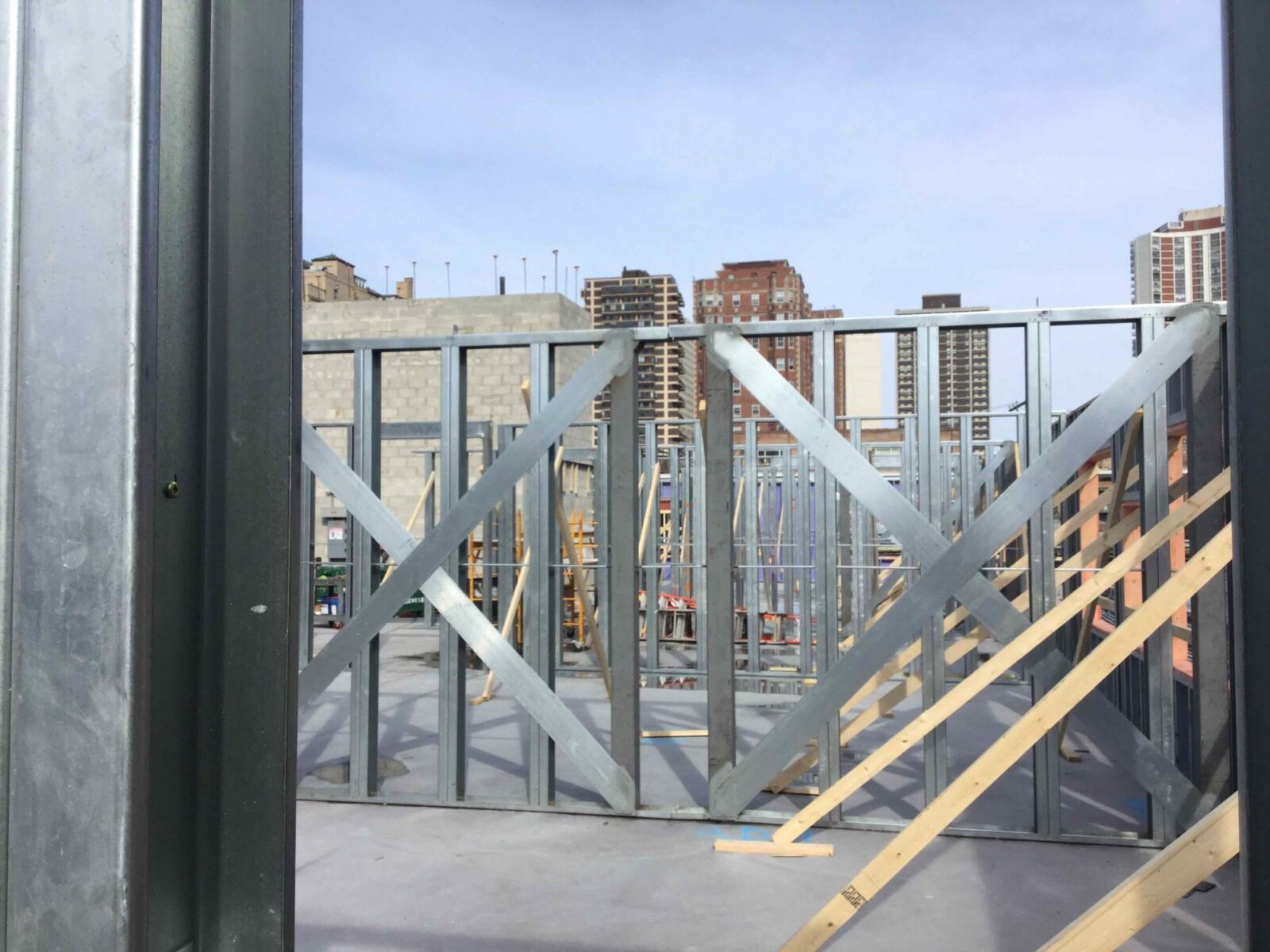Fabrication is when a very important factor is manipulated to become something else. Unfortunately, the most common usage of the term might have something regarding the how the facts are frequently "fabricated" into something else. However, the most useful kind of fabrication has been and most likely always will undoubtedly be metal fabrication.
It really is thought that metal was discovered before people even gone to write, and that it had been first used to create rudimentary tools and weapons - such as arrowheads and spears. Since then, fabrication has come a long way to add metal bending, metal forming, welding, laser cutting, and many more - expanding its utility far beyond the realm of weapons and basic tools.
Metal Fabrication through History
As most students know - metal was initially used for basic tools. You may picture a primitive arrowhead or perhaps a spear, fastened with rawhide with feathers attached- and as far as history can tell us, you wouldn't be too wrong. These ancient examples of metal fabrication were found in caves, and generally every metal fabrication found was made to be used. There was no primitive plasma cutting and metal fabrication done for decorative purposes - limited to survival. As far as we can tell, we were holding the initial cousins of the modern, technologically savvy, metal fabrications we see today.
THE Silverline Structures of Fabrication Services
Thousands of years back fabricated metal parts helped ancient humans survive. Today, things aren't much different. Stainless, iron, aluminum, copper, and much more are all used to supply us with the products we need each day, from automobile parts to metal fabrications for use by the military, and everything among. Metal fabrication can include:
Types of Fabrication
Metal fabrication is done for an array of industries and applications. Metal fabricated parts include from car parts, aircraft components, boat propellers, holding tanks, shark cages, weapons, and far much more.

Contract assembly: while not specifically "metal fabrication" contract assembly often involves fabrication of some sort. Contract assembly pertains to one customer contracting fabrication, machining, or assembly work to an event provider who has all of the necessary machinery. The contract assembly company usually organizes delivery aswell.
Metal bending and forming: hydraulic press brakes will be the most common kind of machine used to performing metal forming - a long shot from what primitive man would have used. Metal bending is performed with shaped dies and mandrels to bend tubular sections without kinking them while rolling machines are accustomed to form plate steel right into a round section.
Plasma Cutting: Plasma cutting is one metal fabricating process that ancient homo sapiens surely would have loved. Plasma cutting uses a plasma torch to cut varying thicknesses of metal - usually steel - with extreme accuracy. By way of a combination of pressurized inert gas and electricity, metal fabricators develop a high powered blast of pressure with the capacity of melting metal and simultaneously blowing it away before it can dry into the cut
Welding is a respected manner of joining two metals. Slightly Silverline Structures of plasma cutting, welding can use a number of energy sources - including heat, electricity, friction, and also ultrasound.
